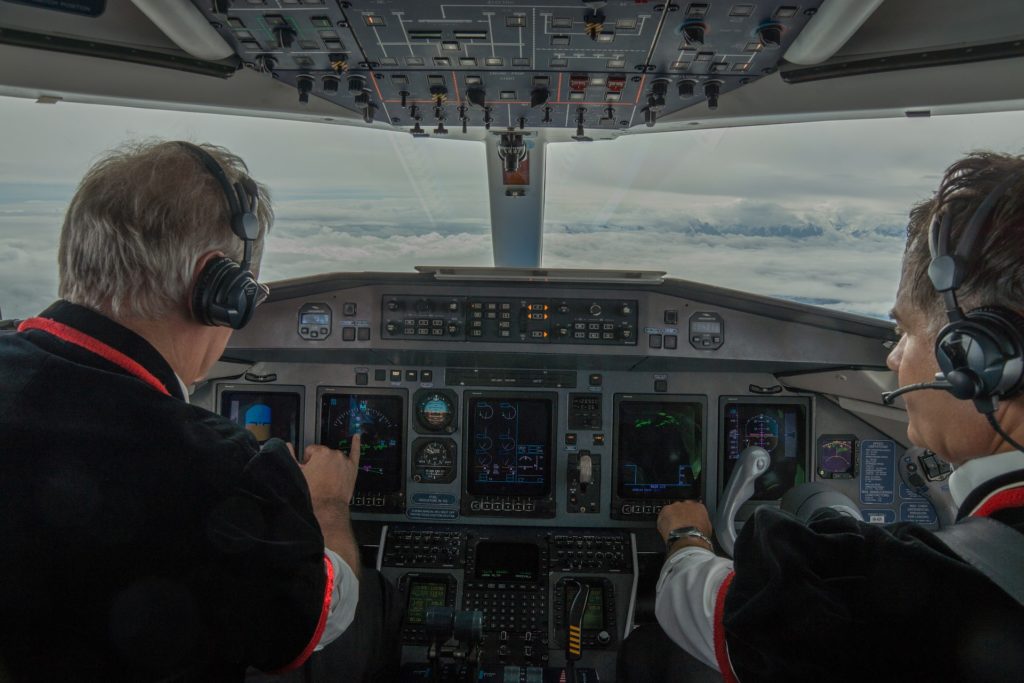CEO Leadership Traits: Think Like a Pilot
Parallels between aviation and business
The Boeing 737 crashes of 2018 and 2019 have me thinking of flying and its parallels to business. With the 737s that crashed, the aircraft “CEO” didn’t know the critical infrastructure of the operating system, and the result was fatal. CEOs in business who let the company get away from them (think of Wells Fargo over the past few years) have a similar problem.
There are other parallels between aviation and business that also might help CEOs reflect on their leadership role.
It all starts with a flight plan. Where are we going? But before you file a flight plan, you must check the weather (competitive environment) and NOTAMS (notices to airmen — in business terms, the risks you may encounter) and think about your aircraft’s capabilities. If you’re flying a single-engine, low-powered airplane without known icing capability, you’re significantly limited in how high and far you can travel, and you’re bound by visual conditions (i.e., good weather). In business terms, do you have the resources (e.g., people and money) and the capabilities to “fly” your chosen path?
Much of your training as a pilot is dealing with things that go wrong. Engine out? What do you do? If your artificial horizon goes kaput, what other instrument can you rely on? Significant headwinds? What’s an alternative fuel stop? Even though you spend much of your time in the left seat doing very little, when all hell breaks loose, you must know what to do. And the more complex the aircraft, the more you need to know.
I’m a fan of hoping for success, but in business, if you don’t have plans for the crises that may develop (and they will!), you’re in trouble. What top three things are most likely to derail you? Do you have a plan? Have you practiced?
Autopilots are wonderful things in airplanes. I used to use one frequently, and it allowed me to stare out the window in wonder of our beautiful country. However, a pilot isn’t supposed to stare in wonder, but rather constantly scan instruments and listen for weird sounds so that he or she can react quickly when something goes wrong. What kind of “sensors” do you have in your company to monitor competition, suppliers, customer attributes and employee engagement? None? Better turn off that autopilot and open your eyes and ears!
Finally, who’s in the airplane with you? Many years ago, I had a passenger, and we encountered some bad juju that required all of my attention. He got a bit wigged out, and I was forced to ignore him (after I told him to shut up), but the last thing you need in your company is someone who causes you more stress than they alleviate when the stuff hits the fan.

coaches CEOs to higher levels of success. He is a former CEO and has led teams as large as 7,000 people. Todd is the author of, Never Kick a Cow Chip On A Hot Day: Real Lessons for Real CEOs and Those Who Want To Be (Morgan James Publishing).
Connect with Todd on LinkedIn, Twitter, call 303-527-0417 or email [email protected].
